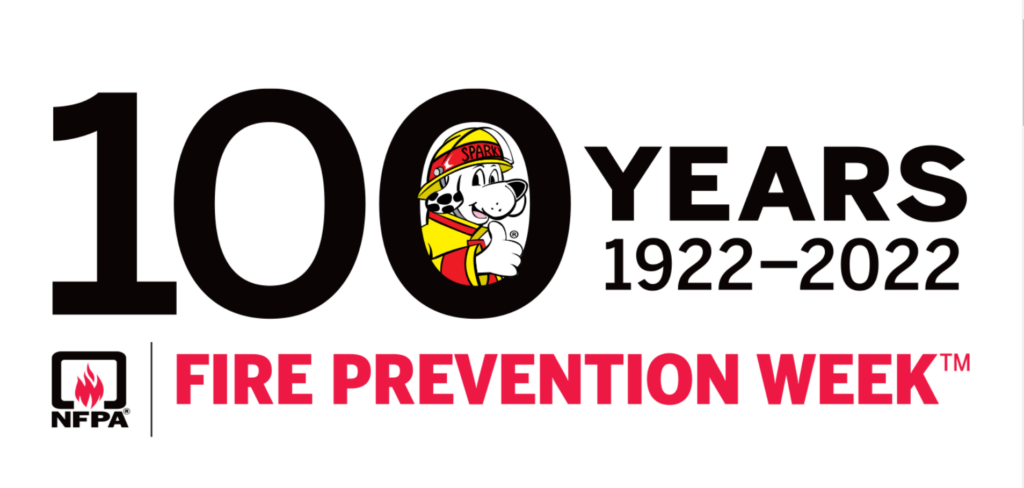
No matter what kind of building you manage, you must maintain multiple safe and efficient means of egress for your occupants. Egress is essential to protecting your occupants from harm when they need to exit your building in a hurry. That is why it is the focus of the National Fire Prevention Association’s Fire Prevention Week this year – “Fire won’t wait, plan your escape.” As a building manager you will need to know what means of egress are, how they become obstructed, and how to maintain safe and efficient egress out of your building.
What Are Means of Egress?
Egress is the action of going out of or leaving a place. It is used in International Building Code (IBC Chapter 10) to refer to the means by which somebody can exit a building. “Means of egress” are continuous and unobstructed paths of travel from any point in a building to an exit out of that building. For example, a fire escape is defined as a “means of egress” because that’s how somebody can get out of a building in the event of an emergency. Fire safety and evacuation plans shall be provided for occupancies and buildings where required by the International Fire Code (IFC Sections 401.2 and 404). Occupancy load determines means of egress by specifying measurement requirements based on the type of occupancy. While occupancy load is based on the floor area, the function of the space also plays a part. Most businesses are designed with this in mind. Occupants should never walk through a kitchen, storeroom, restroom or any tight, secluded spaces to reach an exit.
Egress often becomes obstructed when the exits are poorly maintained, or the path to the exits is not well lit. Additionally, if exit access and exits themselves are not designed and arranged to be recognizable, egress can be severely impeded.
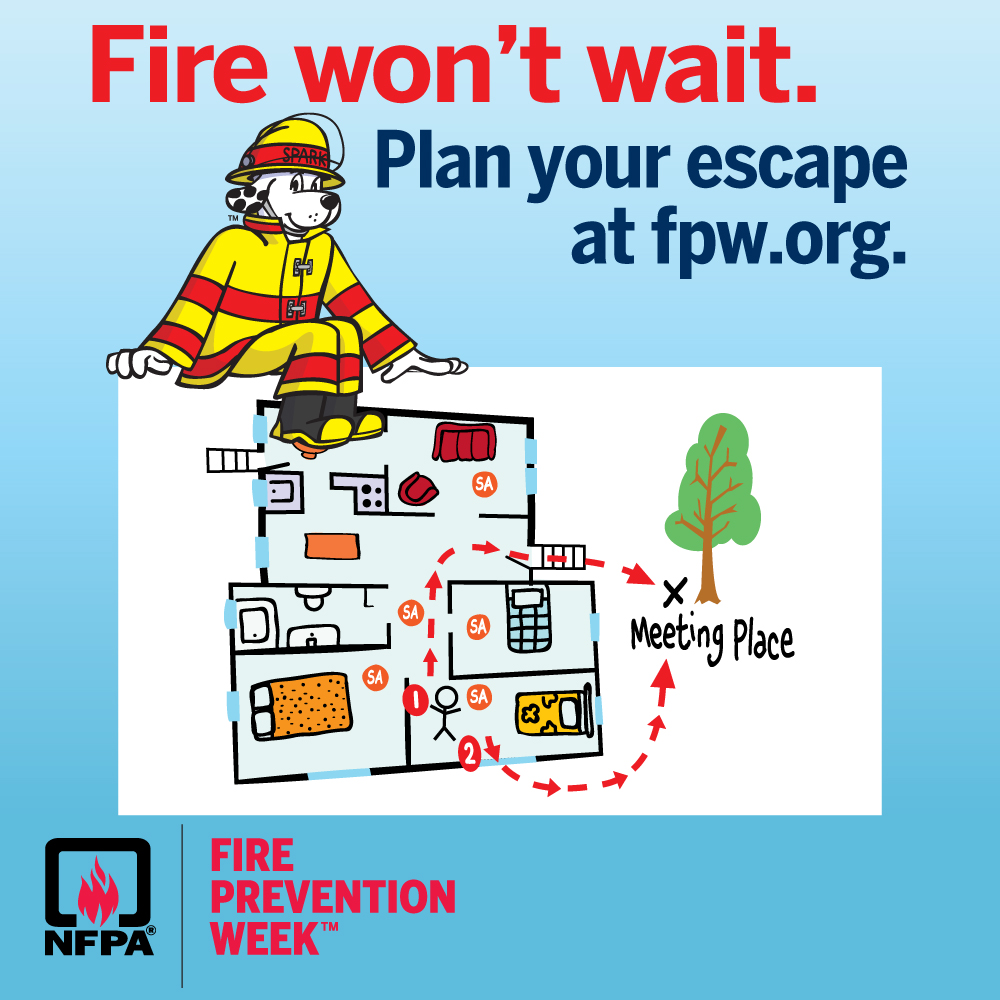
Maintaining Safe & Efficient Egress
Develop an Evacuation Plan
Anytime is a great time to create and practice your escape plan. Having a plan in place will decrease confusion and panic when a real emergency occurs. If occupants know where the nearest exits are, what their means of egress will be, and the protocol during an emergency, they will be able to exit with greater speed and safety.
First, you need to provide at least two ways out in case one escape route is blocked. Next, you will need to post emergency egress signage near exits and in assembly areas showing all doors and windows of your building. In addition, each egress map should designate two assembly areas that are at least 500 feet away from the building where staff should assemble upon evacuation as a “Main Assembly Area” and an “Alternate Assembly Area”, in the event the Main Area cannot be used. Once your plan is complete, you will also need to educate occupants about the plan and conduct drills on a regular basis to learn and maintain awareness of exit routes and best efficiency practices.
Keep A Clear Path to All Exits
Do regular checks to ensure egress pathways do not have litter, clutter, and debris that could stand in the way. In some cases, obstructions can’t be easily moved, like pillars and standpipes. Mark these obstructions with luminous egress path markings so occupants can avoid injury during emergencies. Luminous markings are ideal because they keep the obstruction visible in dark or low-light environments. They work by absorbing light from external sources, which keep them lit when all other lights lose power.
Emergency Lighting
During emergencies, buildings sometimes lose power. This can increase panic while the lack of light might cause difficulty for emergency responders. To ensure everyone gets out safely, your exit pathways must be lined with adequate emergency lighting. This includes signs marking directional changes in your egress path.
If you manage a high-rise building, international building, fire and life safety codes require luminous egress path markings. These markings must be installed along the egress pathway and on step edges, handrails, and exit doors. As discussed above, luminous markings must also be placed on any exit path obstructions.
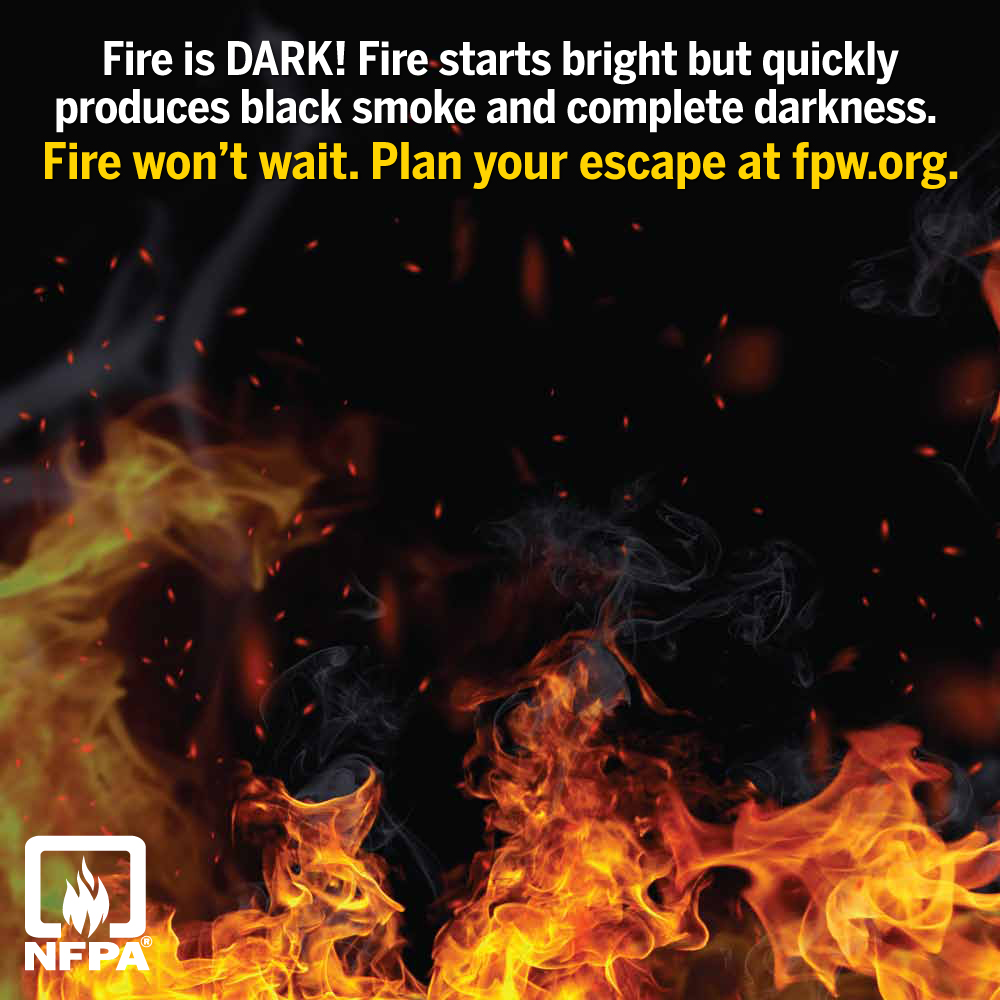
Clearly Mark Your Exits
The final key to maintaining safe and efficient egress is to ensure all exit doors are marked and easy to see. Remember to remove any obstructions or decorations that block your exit markings. And you must place “not an exit” on any doors that your occupants could easily mistake for a way out.
Your exit markings should be large with strongly-contrasted letters stating “Exit.” Exit signs leading to the exit doors will have arrows indicating the egress path. Additionally, your final exit doors – the last doors an occupant passes through before exiting – should have the emergency exit symbol.
Need your exit lights tested to ensure they are visible and up to code? Contact us to get on our schedule.
Need your exit lights tested to ensure they are visible and up to code? Contact us to get on our schedule.
Now you know how to maintain safe and efficient egress out of your building. With this knowledge, you can create an even safer and more prepared environment for your employees.
The next step is to implement these strategies. It can be difficult to know which markings to purchase, where to place them, and how to properly install them. You’ll also need to ensure you’re following all national and local emergency exit requirements every step of the way. Let APFP help you install and maintain emergency egress lighting and markings tailored to your building’s exact specifications and unique needs.
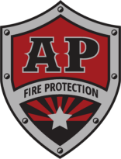
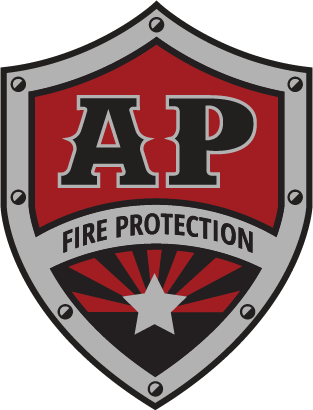
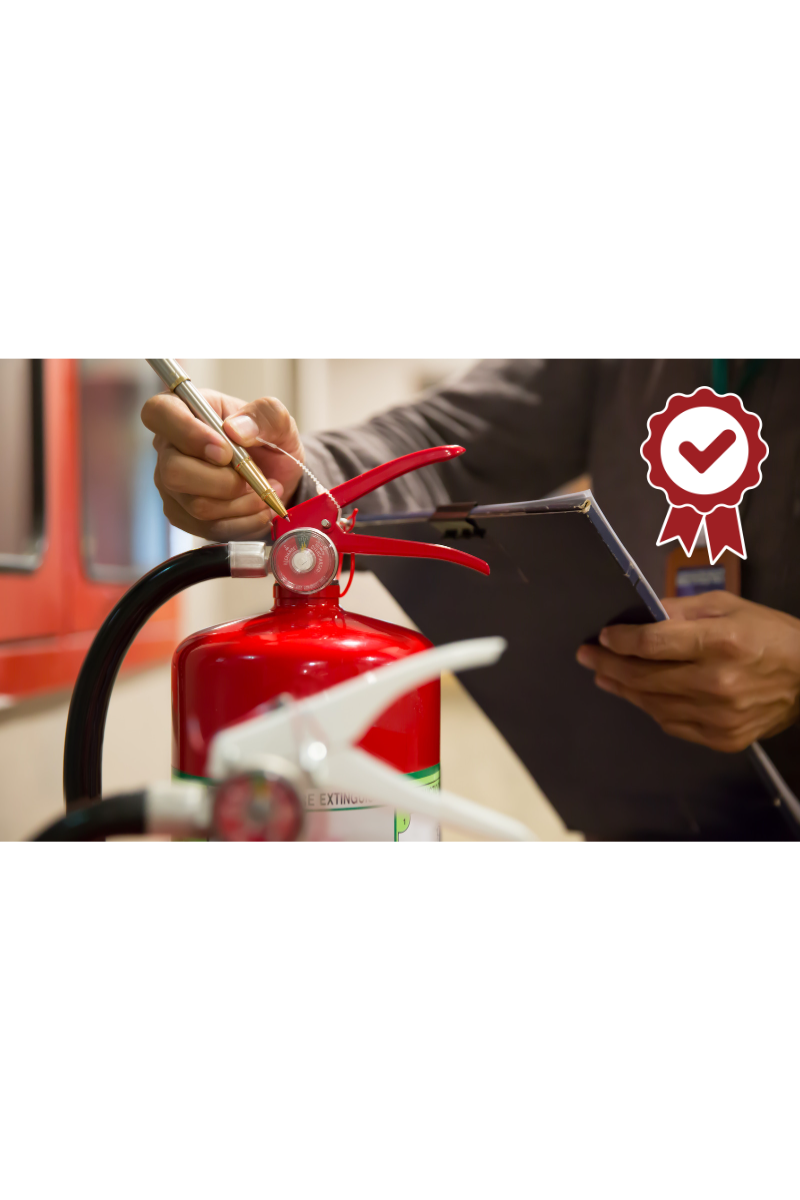




Dive straight into the feedback!Login below and you can start commenting using your own user instantly